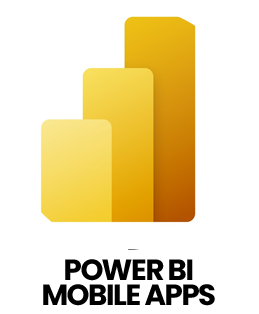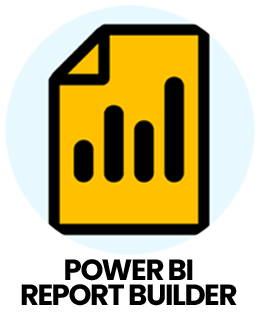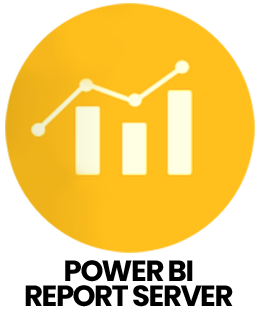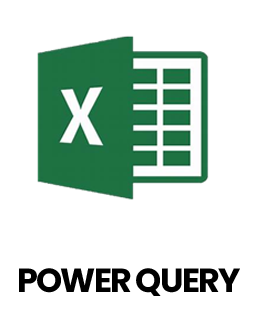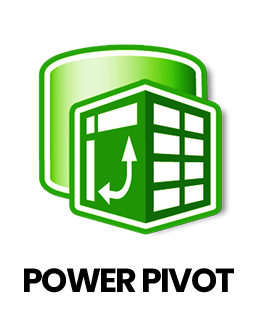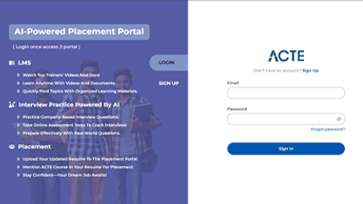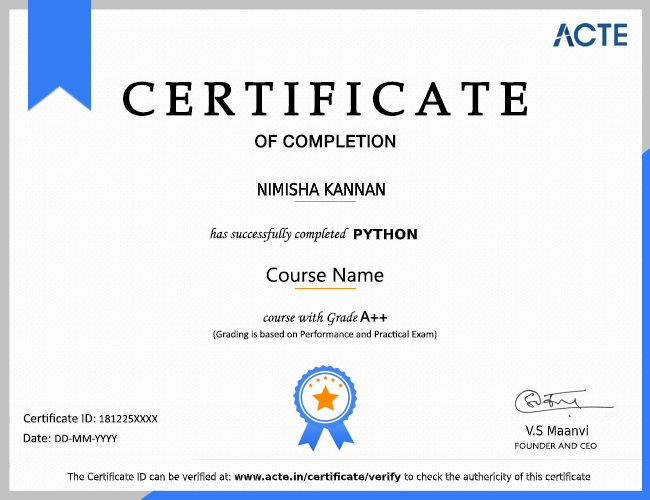1. How can Power BI be described and in what ways does it support business reporting?
Ans:
Power BI is a data analytics and visualization platform that converts raw information into interactive dashboards and reports. It enables users to pull data from multiple sources, refine it and build meaningful visual insights. With Power BI Desktop for report creation, the cloud-based Power BI Service for sharing and Power BI Mobile for viewing, the tool streamlines modern business reporting across devices.
2. What does DAX represent in Power BI and what makes it significant?
Ans:
DAX, short for Data Analysis Expressions, is a specialized formula language used to build calculations and analytical expressions in Power BI. It supports the creation of measures, calculated columns and custom tables through functions related to aggregation, filtering and logical operations. This language strengthens data models by enabling deep, dynamic and customized analysis.
3. What types of table relationships can be built in Power BI?
Ans:
One-to-one, one-to-many, and many-to-many relationships between tables can be created using Power BI. One-to-many relationships allow one row to map to multiple rows in another table, whereas one-to-one relationships link individual rows between two tables. Multiple matches across both tables are possible in many-to-many relationships, which frequently need a bridge table to ensure accuracy.
4. How do Import mode and DirectQuery mode differ in Power BI?
Ans:
Import mode stores data inside Power BI, offering fast performance and allowing reports to operate offline, though scheduled refreshes are needed to keep data current. DirectQuery leaves information in the source system and retrieves it live during report interactions, ensuring real-time updates but sometimes slowing performance. Choosing between them depends on data volume, speed needs and system capacity.
5. What are KPIs in Power BI and how do they function?
Ans:
KPIs or Key Performance Indicators, are visuals that display how a business metric is performing compared to its target. They typically show the current value, the expected goal and a visual indicator signaling progress or deviation. These visuals help organizations quickly identify performance trends and understand whether objectives are being achieved.
6. What categories of data sources can Power BI connect to?
Ans:
Numerous data sources, including cloud platforms like Azure, Snowflake and BigQuery as well as conventional databases like SQL Server, Oracle and MySQL are integrated with Power BI. It also supports files such as Excel, CSV, XML and JSON, along with APIs and services like SharePoint and Dynamics 365. This broad compatibility makes it adaptable to diverse data environments.
7. How does Power BI assist in monitoring performance using KPIs?
Ans:
Power BI tracks performance by visualizing actual results against defined targets through KPI visuals. These visuals highlight progress using indicators such as symbols or color coding, making trends easy to interpret. By instantly revealing whether metrics are on track, underperforming or exceeding expectations, KPIs enhance business monitoring and decision-making.
8. What is the purpose of Power Query Editor in Power BI and how is it used?
Ans:
Power Query Editor serves as the environment for connecting to, cleaning and shaping data before loading it into the report model. It supports operations like adjusting data types, removing duplicates, filtering records and combining columns. Through its user-friendly, code-free interface, the tool streamlines data preparation and ensures clean, structured datasets for reporting.
9. What are hierarchies in Power BI and why are they beneficial?
Ans:
Hierarchies organize data into layered levels that allow users to drill down from summary views to detailed insights. For example, time-based hierarchies may include Year → Quarter → Month → Day, while location data may follow Country → State → City. These structures improve report navigation and enhance interactivity by enabling smooth exploration of complex datasets.
10. What data connectivity options does Power BI provide?
Ans:
Power BI supports Import mode, DirectQuery and Live Connection as its primary connectivity methods. Import mode loads data into Power BI for fast querying, while DirectQuery maintains live connections to source systems. Live Connection works specifically with SQL Server Analysis Services models, enabling real-time analysis without importing data into Power BI.








